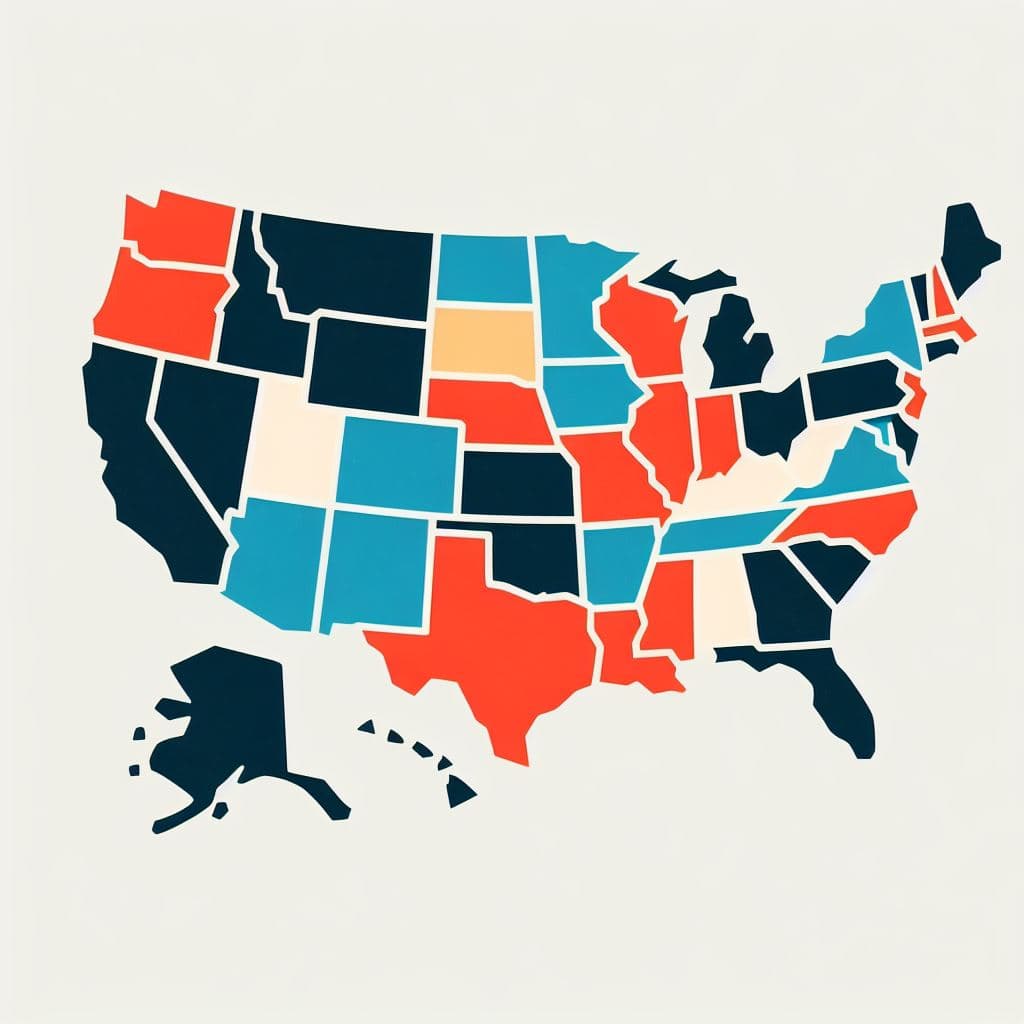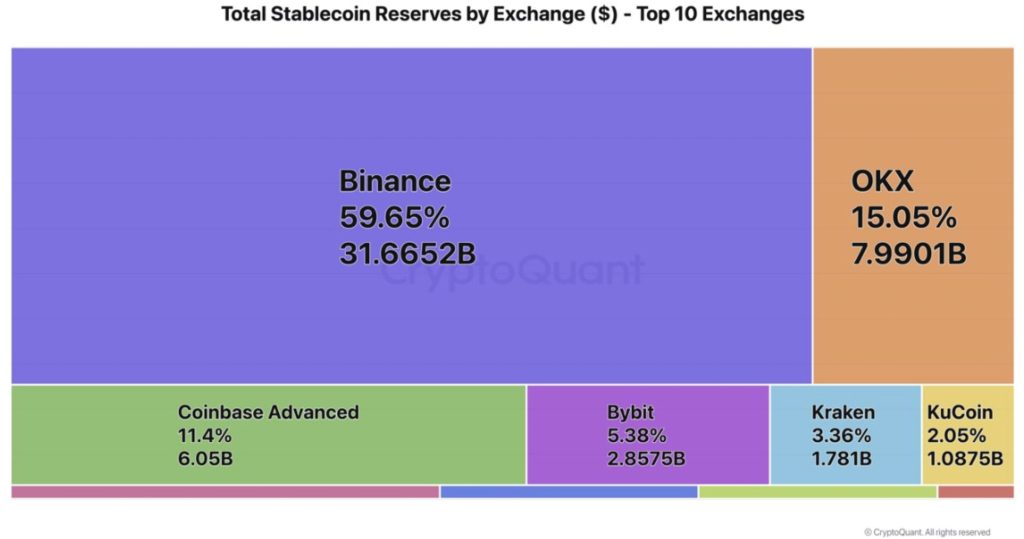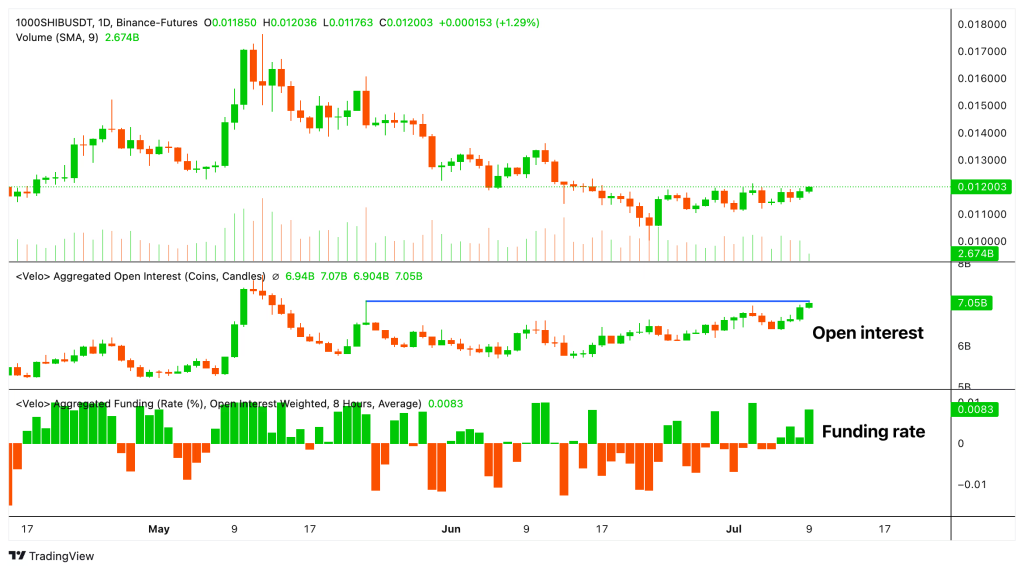HR leaders are facing an ever-shifting landscape of workplace flexibility, from changing ideas about how and where work should be done to the very definition of flexibility itself. These fluctuations picked up steam during COVID and have continued as employers navigate return-to-office mandates and evolving employee expectations.
This creates a challenging task for HR to maneuver—on par with walking across tectonic plates during an earthquake.
In the past few years, many employers have frequently rethought the degree of flexibility they offer in their workplaces, driven by changing employee sentiment and shifts in the labor market, among other factors. They may put in a flexible model, then retool it, relaunch it, re-evaluate it and retool again—pivoting that, experts say, is causing some HR leaders to feel fatigued.
But HR executives must embrace what may ultimately become a constant state of flux, experts say. Already this year, for example, UPS has joined a small number of major employers in a major shift: requiring at least some employees to work in the office five days a week, the Wall Street Journal reported.
“I don’t think we’re anywhere near landing into a kind of new normal,” says Katy George, chief people officer for consulting giant McKinsey & Company. “I don’t think CHROs or any C-suite leaders can think that we’re going to be in some new normal, maybe ever again.”
Since the world of work is “going to be constantly changing and evolving,” she adds, HR leaders will have a “license to be creative and experiment” when it comes to flexibility. However, she cautions that it’s critical that HR leaders rely on data to understand how flexibility should be defined within their organization at a particular time.
“It’s more important than ever for CHROs to use analytics,” she says, “so that we can be fact-based about what is changing, what the implications are and what are the actual outcomes.”
Changing landscape of workplace flexibility policies
The level of flexibility that employers are offering post-COVID varies widely. Last year, for instance, some employers, such as JPMorgan Chase, started requiring employees to report to the office full-time. Others, like a mid-size insurance company cited in a Forbes report, went in the opposite direction: reversing RTO policies based on employee pushback. Overall, for most of 2023, company badge swipes revealed a 50% pre-pandemic occupancy rate for office buildings based on a five-day week, according to building security firm Kastle Systems.
Location is not the only workplace flexibility strategy that’s changing rapidly. Some companies that redesigned their corporate offices with lots of open areas to prepare for employees’ return post-COVID are now finding their workforce craving private spaces, such as nooks or telephone booths.
Employees, even frontline workers, are also increasingly calling for flexibility in their schedules, as JCPenney has learned and accommodated. What’s more, as many employers move toward skills-based work, HR now has another layer of flexibility to consider as they set up protocols for how employees are selected or sign up for tasks.
Caitlin Duffy, a research director in Gartner’s HR practice who develops insights and best practices for employee experience, describes these different flexibility types: “When we typically hear ‘workplace flexibility,’ we think of physical office space—office versus home. But there are other kinds of flexibility, like the types of work you focus on, your workflow, with whom you work and [if you] are able to choose what teams you are on.”
Flexibility forever?
Because the last few years have highlighted these many dimensions of workplace flexibility—both for employers and employees—experts agree that organizations can’t put a lid on flexibility.

“I think, overall, flexibility is here to stay,” says Brad Bell, professor of strategic HR and director of Cornell University’s Center for Advanced Human Resource Studies. “There is always likely going to be some fluctuation where companies are increasing or some companies decreasing the flexibility they offer. Companies are still trying to figure out what the right amount of flexibility is.”
It’s difficult for employers to get their remote, hybrid or in-office policies right the first time since this shift is unprecedented, Duffy adds. So, many organizations will continue to adjust and adapt as they make sense of employee sentiment.
“I think it can certainly ebb and flow over time as different organizations find their equilibrium or the best thing that works for them,” she says. “One constant we have seen is that a one-size-fits-all approach does not work.”
Tuning in to the triggers of change
In addition to designing flexibility strategies that are tailored to a specific workforce, companies are learning to build a degree of agility into such strategies.
For instance, advances in technology that enable hybrid collaboration are affecting flexibility strategies, as are quickly evolving employee expectations, which are shaped by workers’ experiences when they return to the office, says McKinsey’s George.

It’s key for leaders to rely on internal data like employee engagement, culture and pulse survey results to drive adjustments to their policies, Duffy says. For instance, if attrition spikes or productivity drops shortly after a new hybrid work policy is implemented, HR may question whether there is a causal relationship.
Employers also should monitor external data that may prompt revisiting a policy, she advises. Shifts in the labor market, for example, may affect competition for talent. That, in turn, could drive decisions to loosen or tighten RTO policies.
“I think there’s a balance of internal and external trends that HR leaders would want to look at,” Duffy says. “Employees are also having conversations with their managers, who are having conversations with their managers. So, a lot of qualitative information can bubble up if there are good two-way communication channels in place.”
Bell suggests that employers plan to re-evaluate their flexibility policies at least annually. George notes that McKinsey does so with even greater frequency.
“I think re-evaluation is about looking at the data and making subtle shifts,” says Michael Griffiths, a principal and workforce transformation offering leader at Deloitte Consulting. “It’s like your stock portfolio. If it’s down, you don’t say, ‘I’m going to throw it all away and start over again.’ Instead, you start making tweaks.”
Minimizing whiplash from flexibility fluctuations
Employers can reduce the chances of making too frequent changes to their flexibility strategies by ensuring those strategies are built on a strong foundation—aligned with business strategy.

“The business and team need to be the primary focus in terms of what you are driving toward, and then you can be as flexible as you can within the personal needs and cohort needs perspective,” Griffiths says. “This strategy is very important for human capital professionals, so they’re not constantly whiplashing between other aspects of their [flexibility strategy].”
George says focusing on bringing people together for moments that matter can help leaders develop a sustainable flexibility strategy. For example, pull people together in person when onboarding and training new hires, as well as during times of complex problem-solving, to create breakthrough ideas, hold difficult conversations and help employees transition to a new role.
Catalysts for continued change
According to Bell, U.S. employers with mandatory in-office attendance may want to keep a close watch on Europe and be prepared for another potential tectonic shift in the flexibility landscape.
Last year, the European Union adopted a non-binding document calling for more rights for remote workers, while the previous year, the Netherlands passed a law citing work from home as a legal right.
“I would not be surprised if some of that legislation starts getting discussed here in the U.S. as well,” Bell says. “I think that’s something that U.S. companies need to keep an eye on as we think about the broader policies of work.”
Credit: Source link











